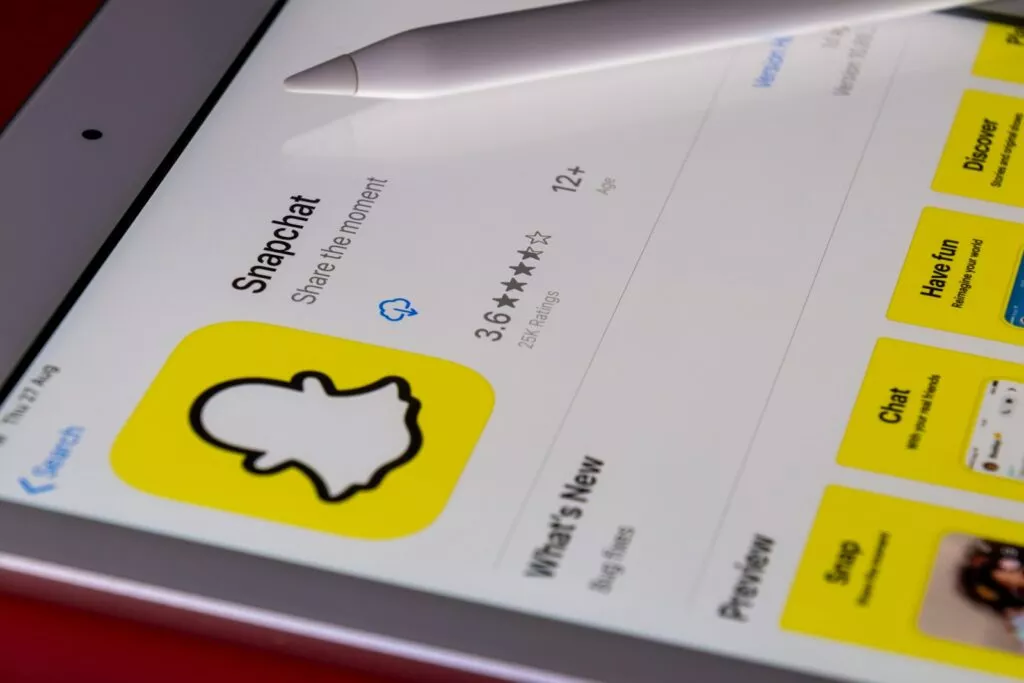If you’re willing to make photography your main source of income (or at least an important source of your overall income) you'll need to sell your work to a diverse clientele. Some clients are great, even though they are serious when establishing their expectations. But others can be very tricky, and you need to take care of them before it becomes a problem. We have talked about the importance of a portfolio and how to price your photography work with an easy-to-apply formula. Now we're going to talk about certain client behaviors – ones that you should beware of, and might even be healthy for you to reject.
Knowing when to say NO is extremely important for a healthy and sustainable photography business.
Creativity
Creative minds are difficult to work with if you have not set your scope – first, because changes will be recurrent, and the ideas could be so wild that producing them can be very costly. Many things can be done when, and only when, the budget is precisely formulated and approved. If not, things just won’t happen, and you need to let the creative mind know this fact.

Don't get me wrong. Creativity is not a bad thing – it’s just a characteristic that could develop into requests for things beyond the actual budget.
Non-Likes
Whenever you are dealing with creative work, you'll be highly exposed to your clients not liking certain things. Changes can be made without problems, but you should state that in your sales contract. Every change will impact your time – and your time is money.
Opportunism
Typically, big companies have this opportunistic high ground where they try to trick us into quoting them a low price because they'll later do the following:
- Recommend our work to other clients
- Give us a ton of work in the future.

The awful thing about this type of behavior is that it is common in a lot of companies and people who are not necessarily as “deep pocketed” as the big names. The best advice here is to shut them down. You should never work with people that try to take advantage of your work just because “they will recommend you to other people”, especially if you’re just starting out. Your work is valuable, and clients should pay a fair price for it.
Perfectionism
One teacher once told me this great truth: “Perfect is the enemy of good.” Therefore, perfectionism can be dangerous for your business.

Simple Requests
A “simple” request consists of a misconception of what “simple” really means. The better way of dealing with this “freedom” is to have references from the client, because their perception of “simple” could be very different from the photographer’s.
Smartassism
This type of behavior happens when a client tries to judge your gear, give you opinions and advice about POV or lighting, and pretty much everything you're doing at the moment of the shoot. This type of behavior is pretty common – because, let's face it, photography has reached a lot of people, and it's easy to feel smart without much experience thanks to that. Online gear reviews and tutorials share tons of information. I don't judge smartasses, I just let them have their say. After all, if they knew how to perform that specific task, they'd have done it themselves, right?

Indecisive Minds
Indecisive people are common. Dealing with these type of clients is very easy – you need to put your foot down. If things aren't going anywhere, you should decline the job. If things are starting to work out, you need to establish the project's scope, and both parties must stick to it to avoid losing money with never-ending changes.

Whiners
Whiners typically try to get a lower price for your work. Discounts should be considered only after several recurring deals, but not after the second one, or the first one. Some whiners may state that since they're starting out with their business, you should help them out. Nobody asks a medical doctor for a discount, and there are countless of examples like this. Photography should be respected as well.
Even though these clients might be tricky, you can still work with them – but you need to be the one behind the wheel to avoid further hidden costs or any other type of weird business-related misfortune. The key to this is to maintain excellent communication with your clients and develop a very well-structured plan before even starting to work. Planning gives us a better idea of how much we could quote for our work. Paperwork sounds boring, but it will ensure that everything is controlled in terms of money, time and expectations.
One thing we must understand is that without clients, our business can have a very slow cash flow, and that’s no good. I’m a true believer that we can educate our clients to help them understand why our work has the value we say it has.
Getting our work priced correctly enables us to sell in a way that makes our business be sustainable and healthy. Not all clients are difficult to deal with; some are very nice and reasonable and really know what they want you to deliver. You should embrace these clients and treat them with the utmost professionalism.
PS: Trade is valuable
Just as I'm a true believer in being able to educate clients, I'm also a believer that barter is fair when both parties can benefit from it. A classic example: you provide photographs to a company that develops websites, and the company gives you a website in exchange for the use of your images for a specified period.







2 Comments
Sorry I am retired now however on the past have worked as a medical doctor and you will be surprised at the number of people who request a decrease in fees
In fact I think in some of the first world nations a doctor ears less per hour than a plumber or other trades people
I never would have thought to ask a doctor for a discount. Maybe next time I will try to pay in photos. 😉